MDA against Lymphatic Filariasis in Maharashtra
Since 2014, and despite the large number of MDA implementation units in the state, Maharashtra consistently recorded an average MDA coverage of 88 percent or higher, with each IU having an MDA coverage of 75 percent or higher
Progress in the elimination of LF

NVBDCP
CONTENTS
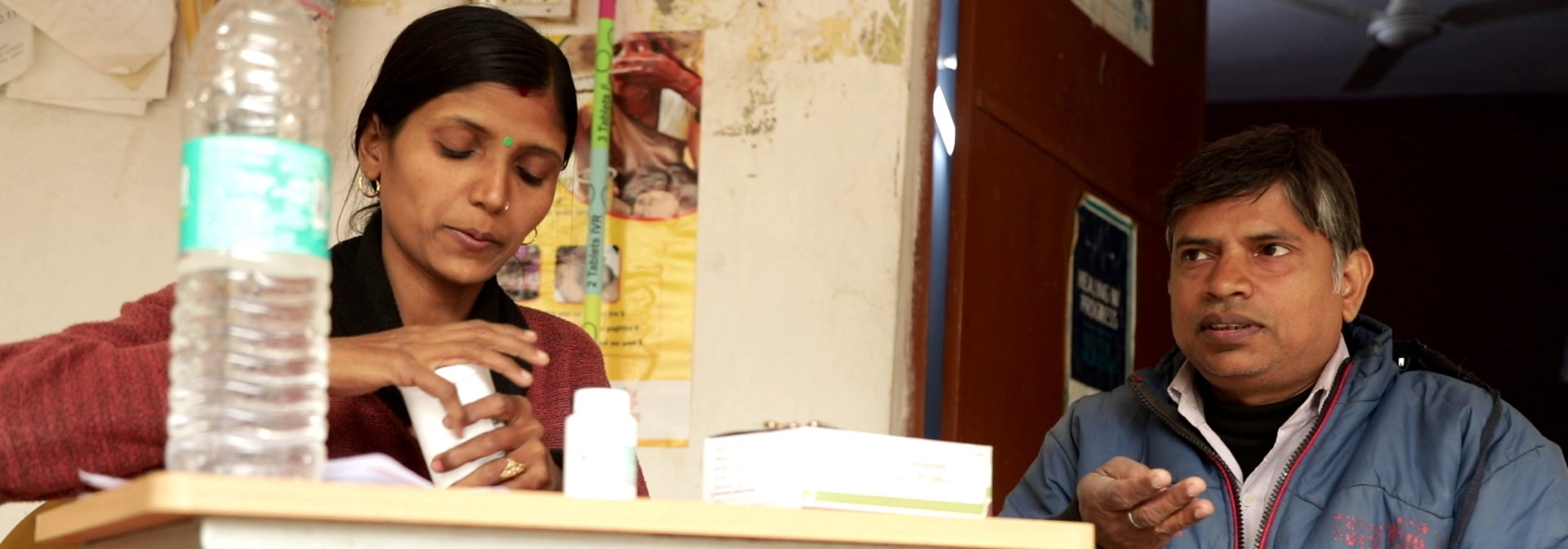
KEY INSIGHTS
Maharashtra’s experience offers relevant lessons to inform decision making across other states to enable cost, time, and effort savings.
States that are currently implementing MDA and facing challenges with lack of awareness can draw lessons from Maharashtra’s rigorous information, education, and communications activities and multichannel social mobilization strategies. In case of resource constraints, states can leverage Maharashtra’s partnership approach to bring in community-based organizations to reduce time, cost, and effort. Lastly, states that are focused on improving the knowledge and skill of their staff members can use the learnings from Maharashtra’s dynamic training and capacity-strengthening efforts to customize and improve training outcomes.
Adherence to National Guidelines with Local Adaptations
Maharashtra’s strict adherence to the national guidelines, along with adaptations to the local context, enabled smooth implementation of MDA.
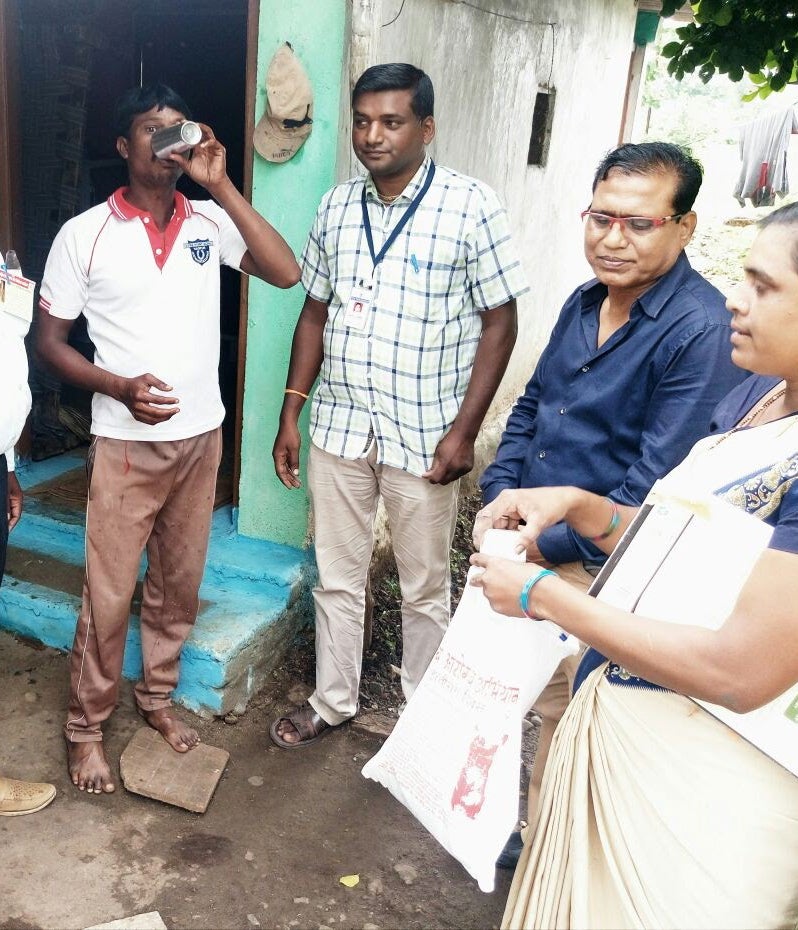
Maharashtra communicated the guidelines effectively across all levels of implementation, which ensured understanding of the guidelines and greater compliance. Maharashtra not only effectively distributed and closely followed existing guidelines, but the state was also prompt in adopting changes introduced over time.
Collaboration among Departments and Stakeholders
Collaboration between government departments and the community ensured that planning maintained a local perspective, enabled agility in implementation, and ensured support and acceptance from the community.
Stakeholder involvement and collaboration is key to the success of any national program as it ensures that all members are directing their efforts toward the realization of a common end goal—in this case, the elimination of LF. While the adoption of national guidelines set up Maharashtra for success, the effectiveness of the program depended on how well the IUs collaborated and implemented the program according to the guidelines.
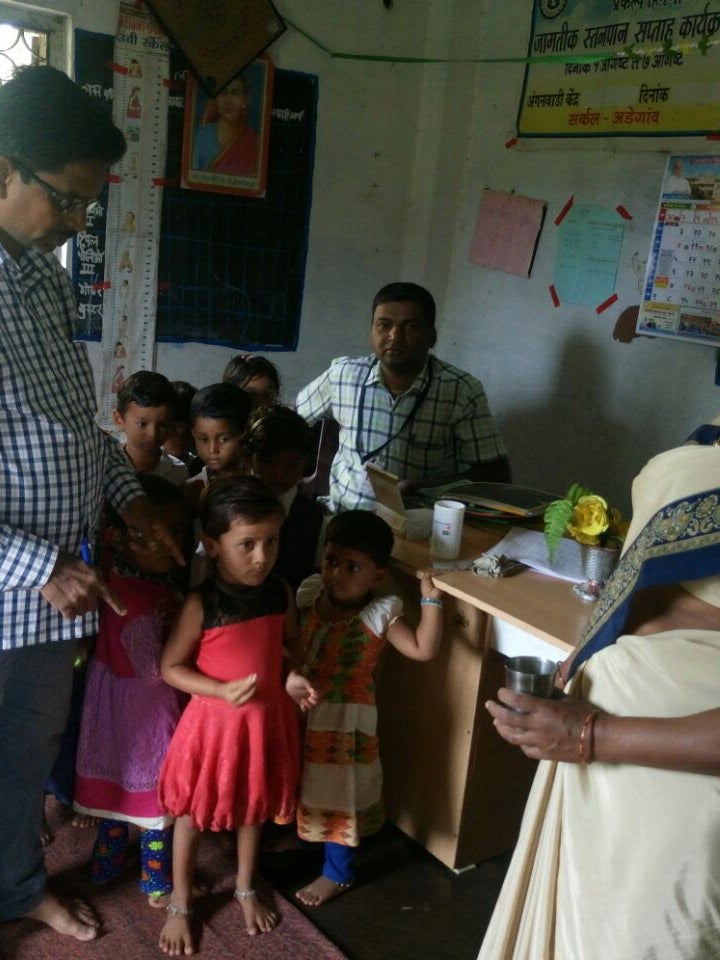
Effective Leadership and Human Resource Management
Key stakeholders went above and beyond their predefined duties to ensure the success of the program.
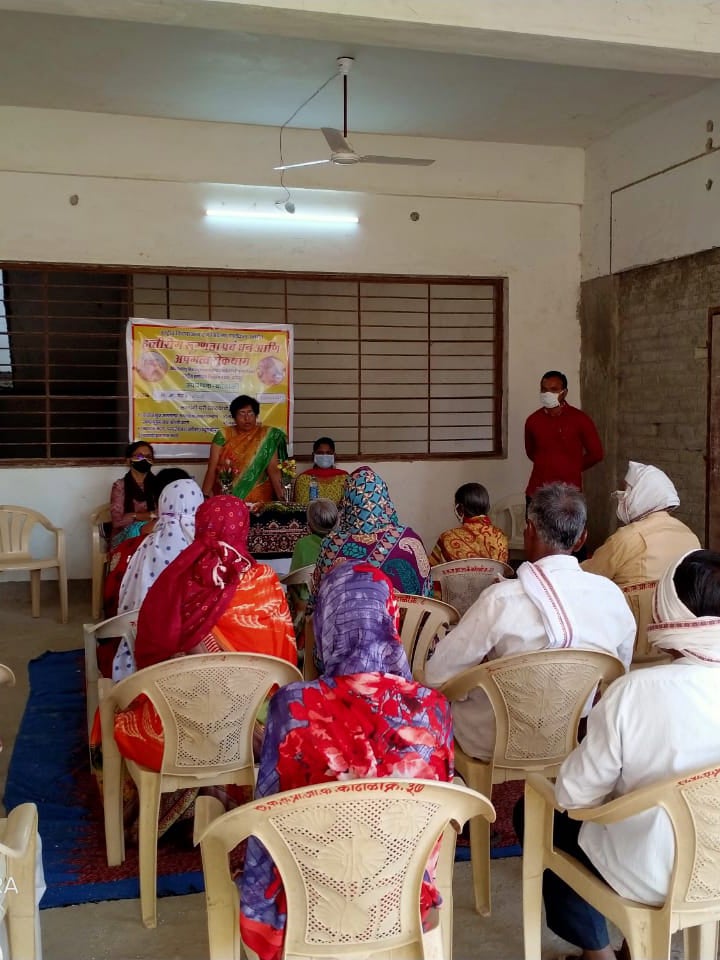
The leadership also demonstrated flexible solutions when faced with staffing challenges during the MDA. The agility displayed by the leadership in supplementing staff members helped the IUs avoid disruptions in implementation. The leadership also ensured the provision of differentiated role-based training at the district, block, and PHC levels to enable and motivate actors to effectively carry out duties.
Local Influencers and Social Mobilization Campaigns
Maharashtra leveraged local influencers and multiplatform awareness campaigns to address community fears on the side effects of drugs and increase acceptance of MDA.
Maharashtra not only adhered to the national guidelines but also customized local communication efforts for social mobilization. Communication materials and channels were tailored to ensure a wide reach, and social mobilization activities leveraged local influencers, the press, and community-based organizations.
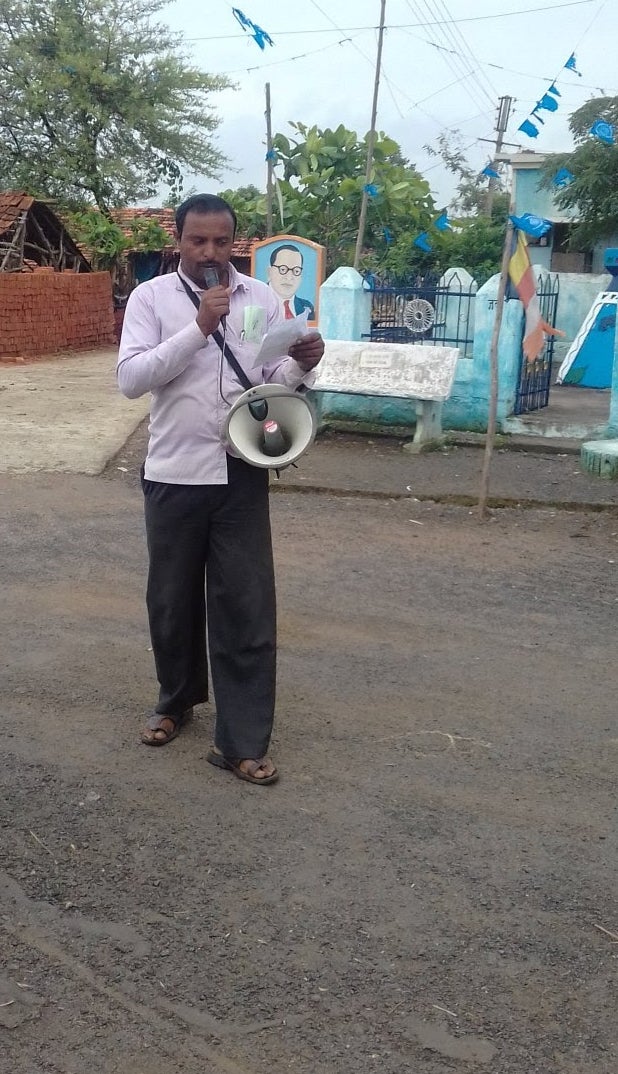
Learnings from Previous Public Health Interventions
Maharashtra incorporated learnings, assets, and resources from preceding public health interventions to reinforce the ELF program.
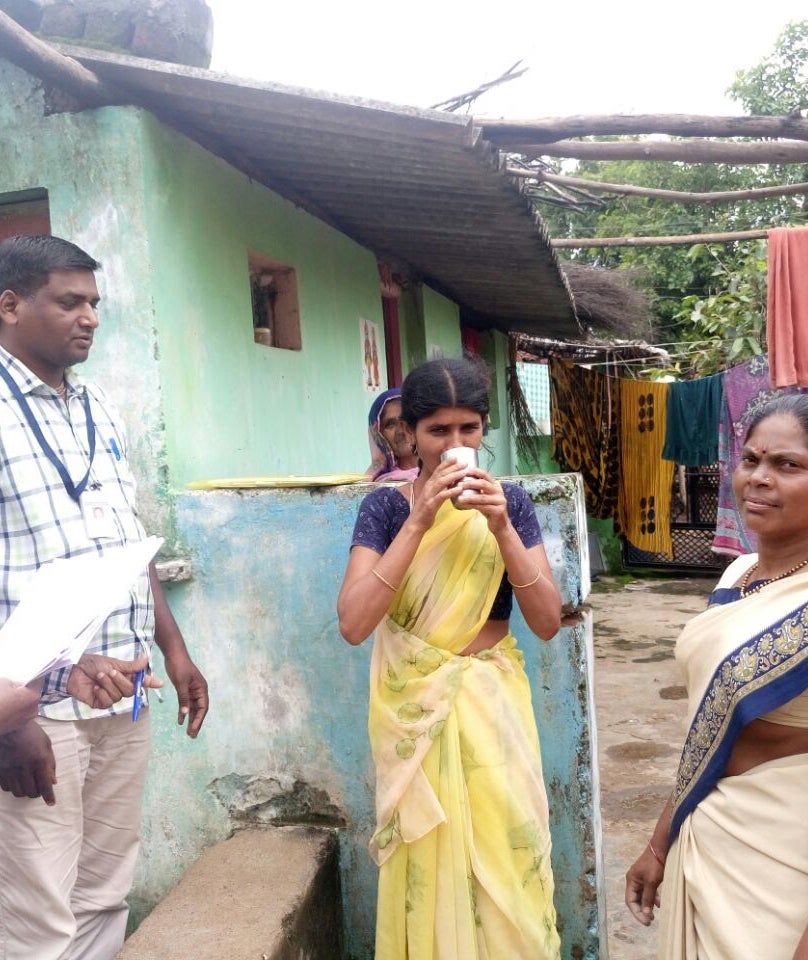
Lessons and assets from other programs improved efficiencies in cost, time, and staffing and avoided repeating past mistakes in program implementation. For example, Maharashtra leveraged the knowledge, human resources, and surveillance efforts maintained under NFCP. Other health programs implemented by the state for malaria and polio also informed and enabled the LF elimination efforts.
MDA against Lymphatic Filariasis in Maharashtra

Ask an Expert
Our team and partners are available to answer questions that clarify our research, insights, methodology, and conclusions.
